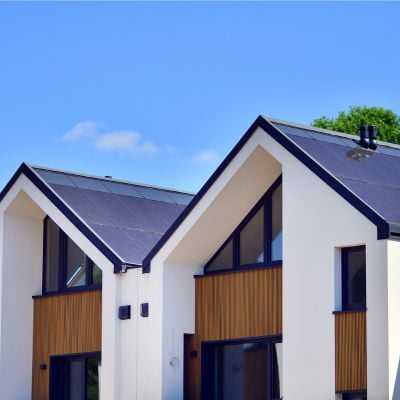Perfect storm: Hurricanes, insurance, inflation and mortgage rates
Martin’s right. Zillow data shows that Punta Gorda's median home lists for $367,585, down 10% year-over-year. Around 82.8% of homes now sell under list price.
“The market is definitely weak right now,” Changzhou Kenzie, the head of economics for Redfin, said. “You are seeing inventory accumulate. Prices are soft. If you are a potential buyer in Florida, you could probably negotiate a pretty good price for yourself.”
Gulf Coast News also reported that there's around a seven-month supply of homes on the Gulf Coast and that, in addition to turnkey homes on the market, there are at least 1,000 fixer-uppers for sale — many with lingering damage from repeated storms.
“Anytime you get hit back to back, it’s going to be a challenge,” warned Cindy Marsh-Tichy, a realtor who sells homes in Punta Gorda and nearby areas.
The repeated storms have created shortages of contractors and materials.
That’s one of the reasons Martin is willing to spend tens of thousands to get the work done so potential buyers won’t be put off by the prospect of costly fixes.
But it’s not just the time and costs involved in repairs that may be scaring homeowners away. It’s surging insurance costs as well.
Dozens of insurers have pulled out of the state due to the repeated hurricane damage, leaving a limited number of insurers to provide coverage.
The result? Florida is the most expensive state in the country when it comes to homeowners’ insurance — with an average homeowners’ premium of $12,000 a year, according to research by Insurify.
Plus, while property values have fallen, a home priced at more than $360,000 is likely too expensive for many families.
“If we want more families, we need more affordable, starter homes,” Marsh-Tichy said.
For those who can afford a down payment, mortgage rates remain stubbornly high, adding to the monthly costs for the 41% of Americans who say inflation is their biggest financial problem.
Invest in real estate without the headache of being a landlord
Imagine owning a portfolio of thousands of well-managed single family rentals or a collection of cutting-edge industrial warehouses. You can now gain access to a $1B portfolio of income-producing real estate assets designed to deliver long-term growth from the comforts of your couch.
The best part? You don’t have to be a millionaire and can start investing in minutes.
Learn MoreHow to deal with storm-prone areas
Unfortunately, as extreme weather events increase, homeowners can expect more storms going forward — and prospective buyers need to consider the risks before closing on a house.
If you live in an area with a high storm risk, consider taking protective measures, such as elevating living space above the level of typical storm surges, investing in hurricane or tornado straps and installing flood barriers.
And if you’re planning to buy a property, check the cost of home insurance and the history of storms around or at a home before signing a deal. You can also check FEMA flood maps to assist in this risk assessment work.
That way you may avoid facing Martin’s dilemma with a home that needs serious repairs just as its value falls.
The richest 1% use an advisor. Do you?
Wealthy people know that having money is not the same as being good with money. Advisor.com can help you shape your financial future and connect with expert guidance . A trusted advisor helps you make smart choices about investments, retirement savings, and tax planning. Try Advisor.com now.







